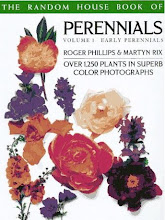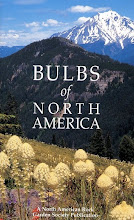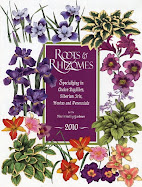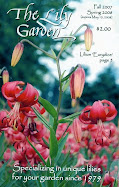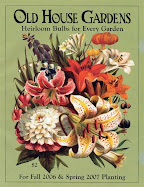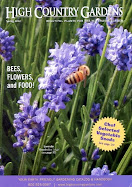Echinops ritro September 2012
Hydrangea arborescens September 2012
Paeonia suffruticosa September 2012
Sorbus forrestii September 2012
Pieris japonica 'Variegata' September 2012
September 2012 in Seattle was warmer & much drier than normal. The mean temperature was 62.7F/17.1C. The normal mean temperature is 61.3F/16.3C. Total precipitation was 0.03 inches. Normal precipitation is 1.5 inches. The highest temperature was 90F/32.2C, the lowest 46F/7.8C. There were 5 days with light rain, 9 days with fog, 4 days with haze, 4 cloudy days, 11 partly cloudy days & 15 fair days. This followed an August that was also warmer than normal & with no measurable precipitation. The last significant rain fell on July 20. The landscape became very dry & dusty. Air quality was poor. Numerous wildfires were reported in the the State of Washington, east of the Cascade Mountains.The Wildlife News reported on September 23, 'The immediate cause of the fires is ignition and plenty of dry fuel, but the dryness itself after June is explained by a persistent and huge ridge in the polar jet stream over the Western United States. This has kept all but thunderstorms at bay in the West, but pushed storm after storm over SE and Central Alaska, causing record summer flooding up there. Changes in the jet stream are one of the things that you would predict with the Arctic Ocean melting as it has. There is no longer the temperature differences between the polar side and southern side of the jet to keep it relatively tight and symmetrical. The result is the development of huge and persistent troughs in the jet stream carrying strong rainstorms coupled with equally large and scantly moving ridges of dry, dry weather. With the Arctic melt, the current situation of extremes might be irreversible.'

.JPG)






















































































